Full text
PDF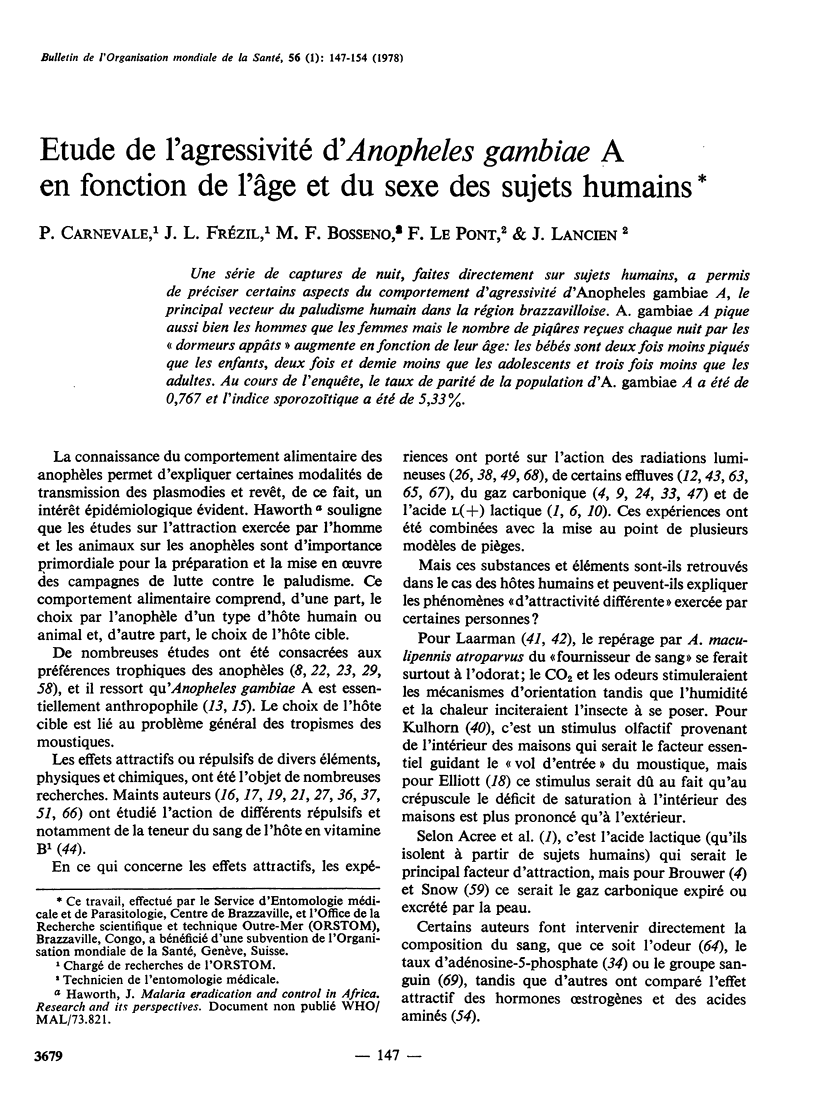
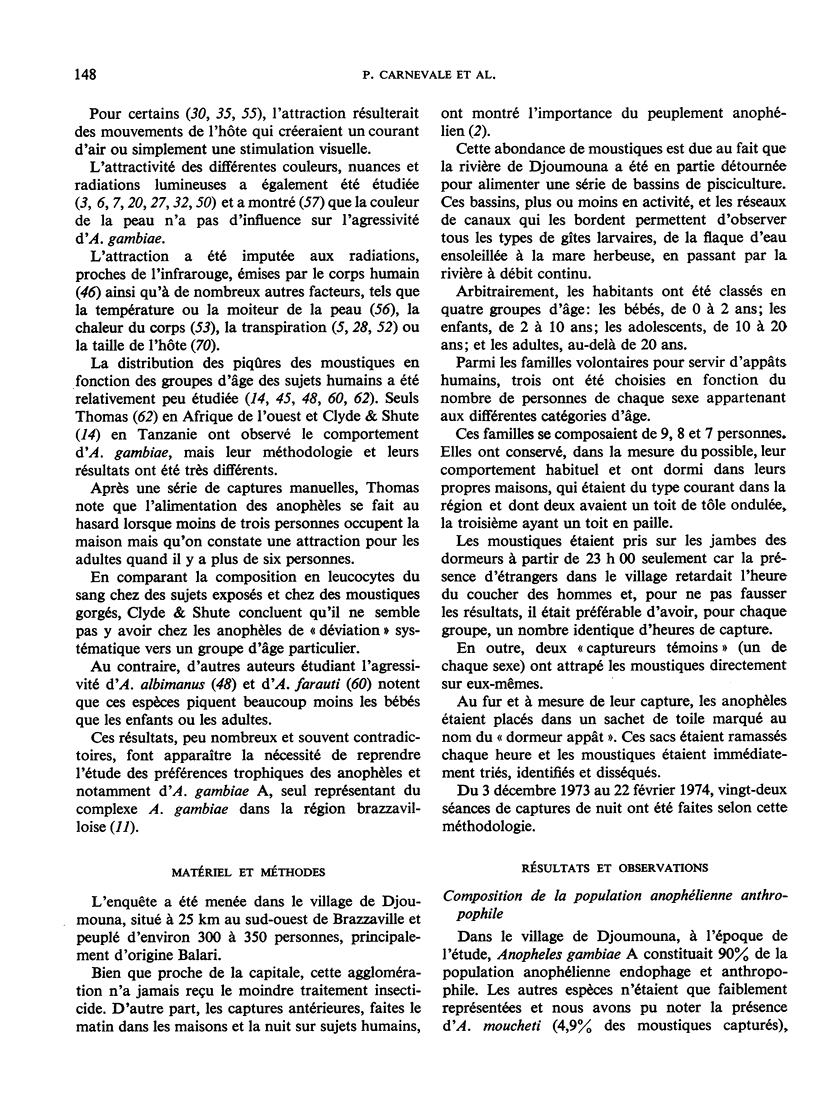
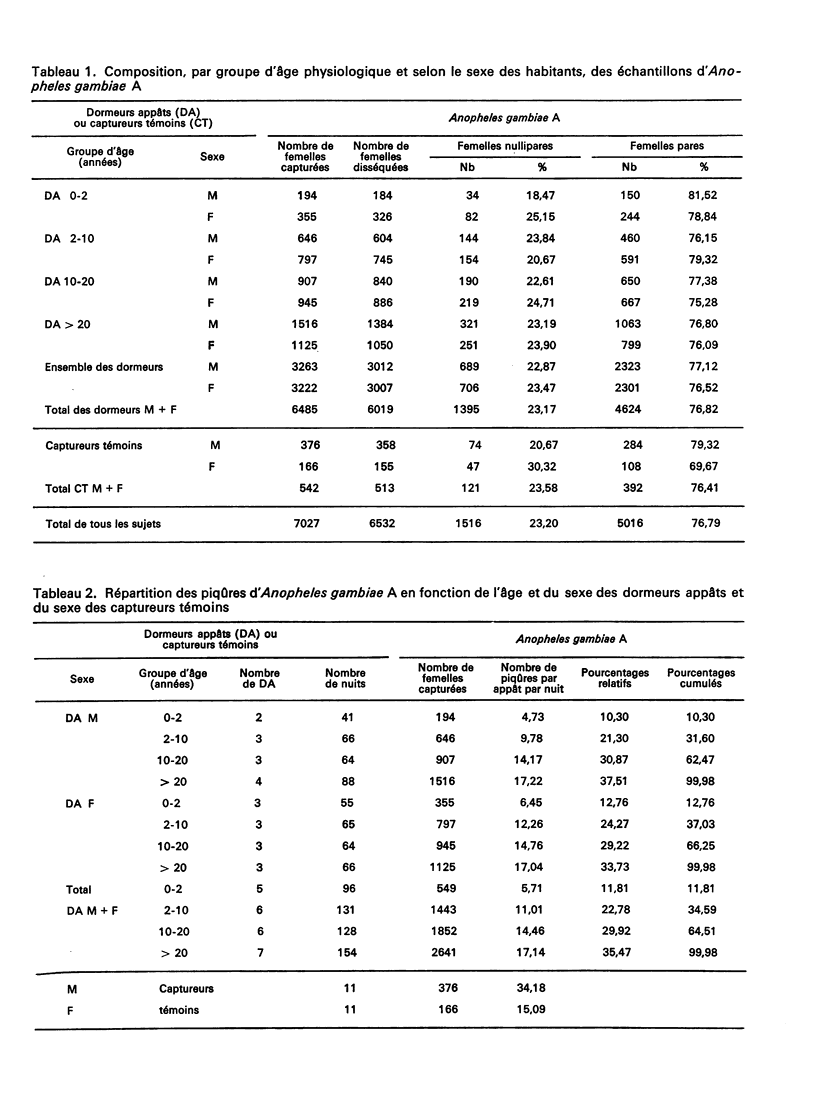
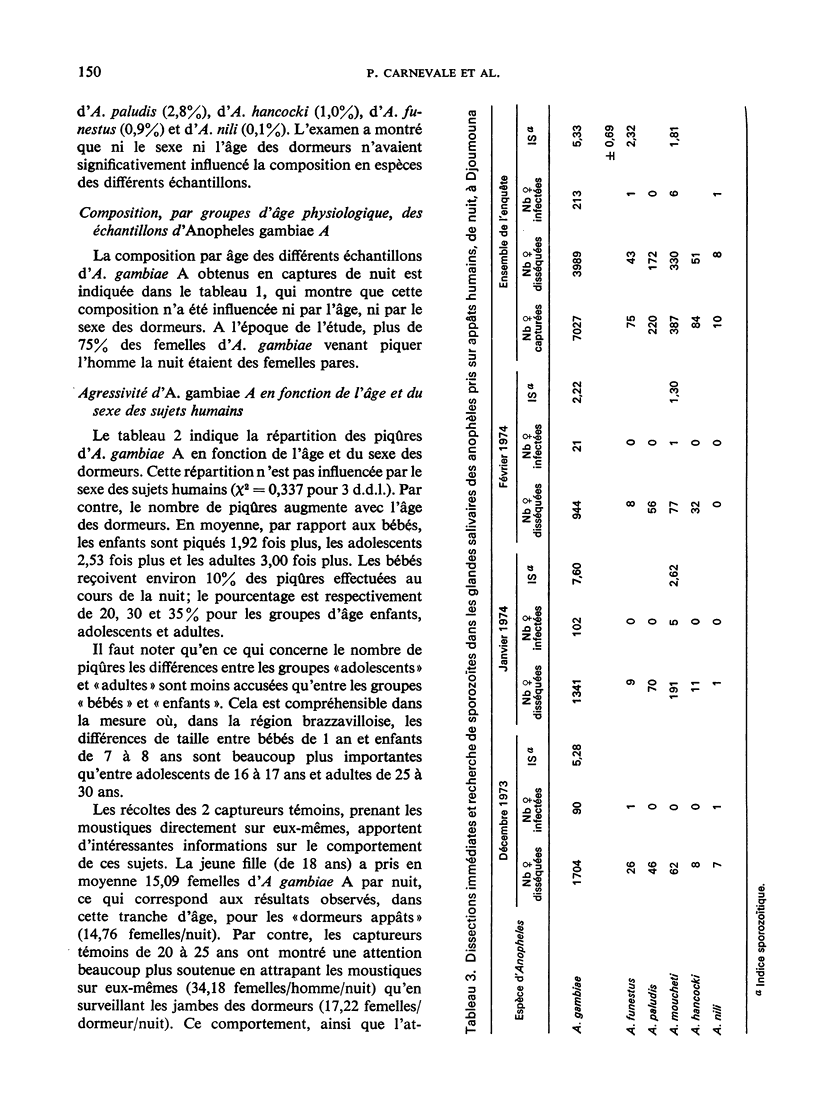
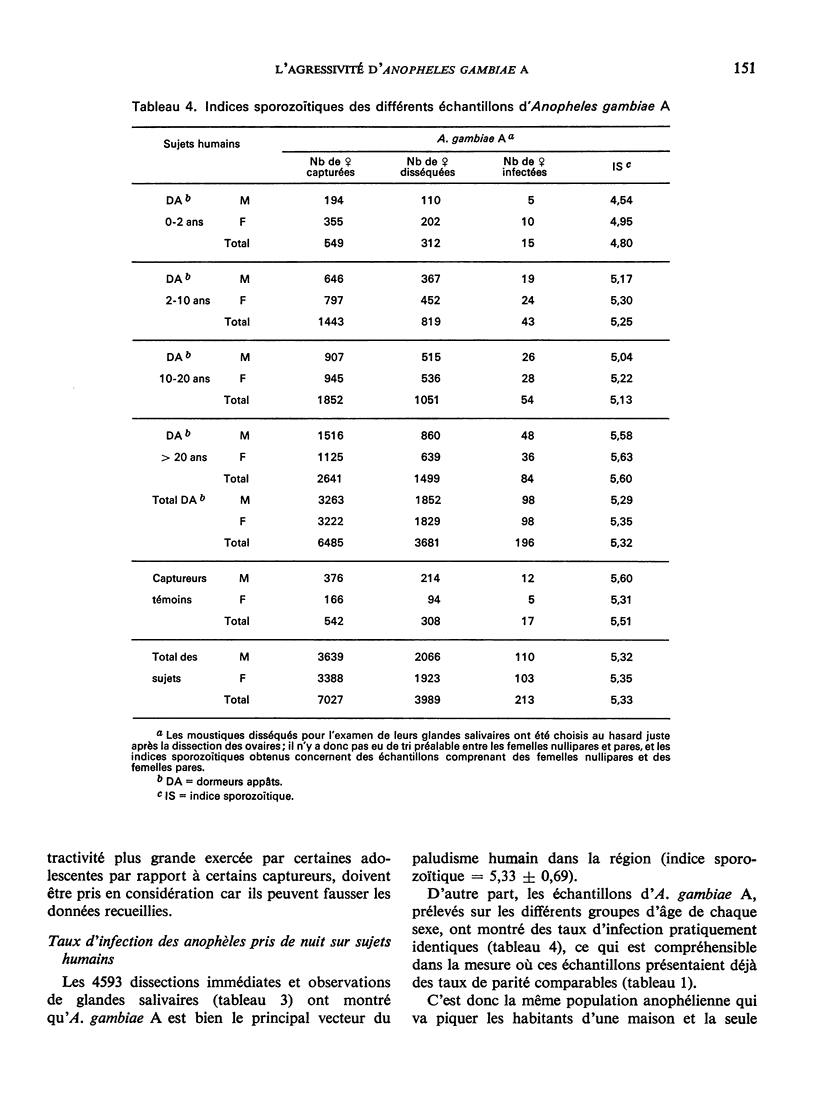
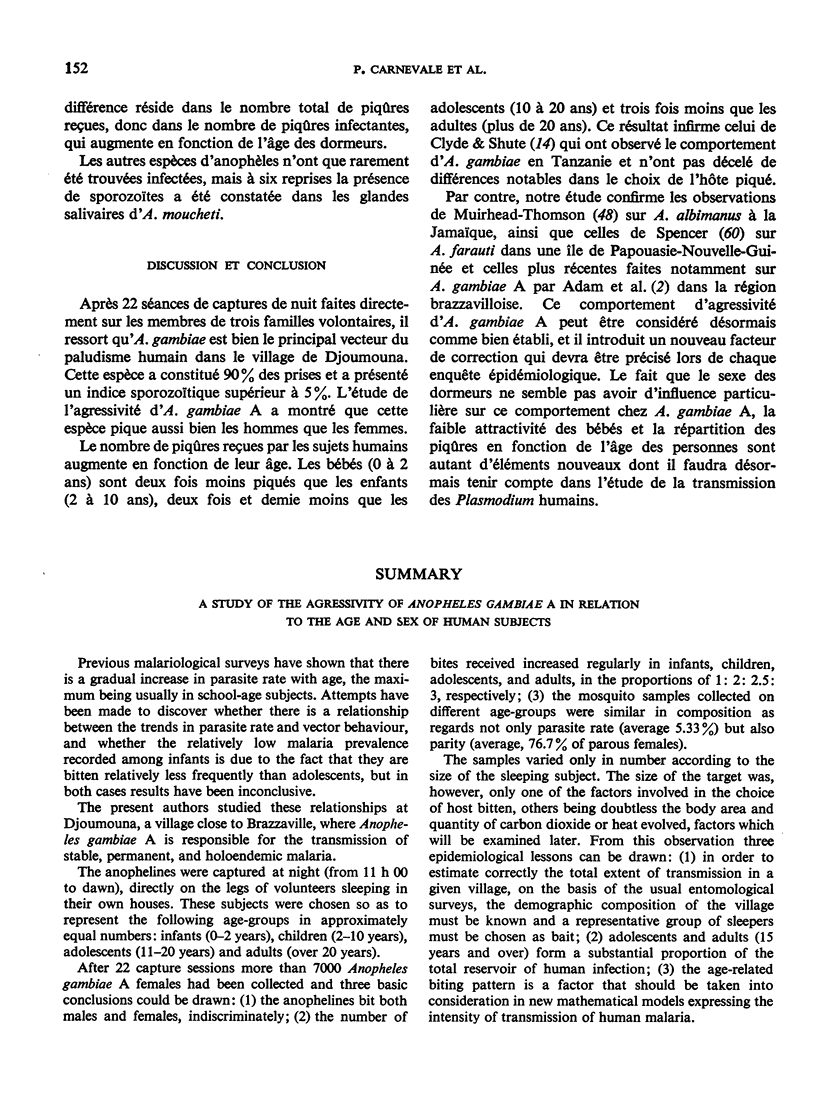
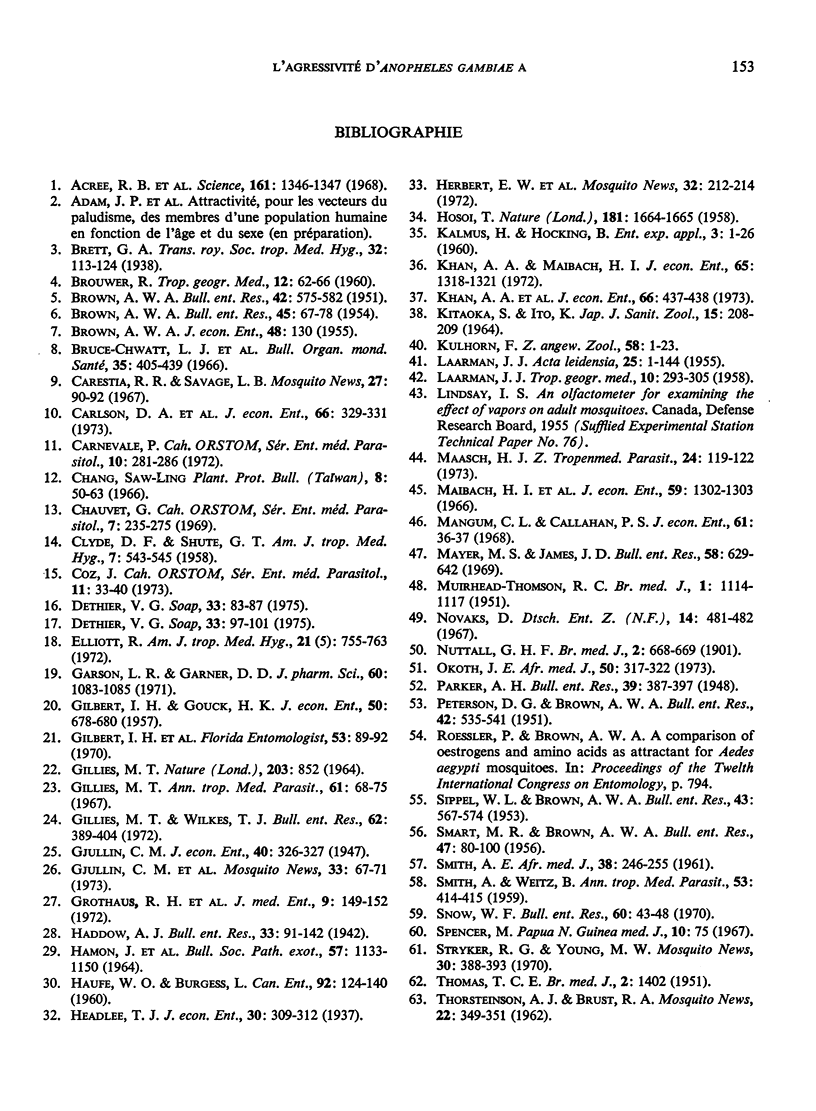
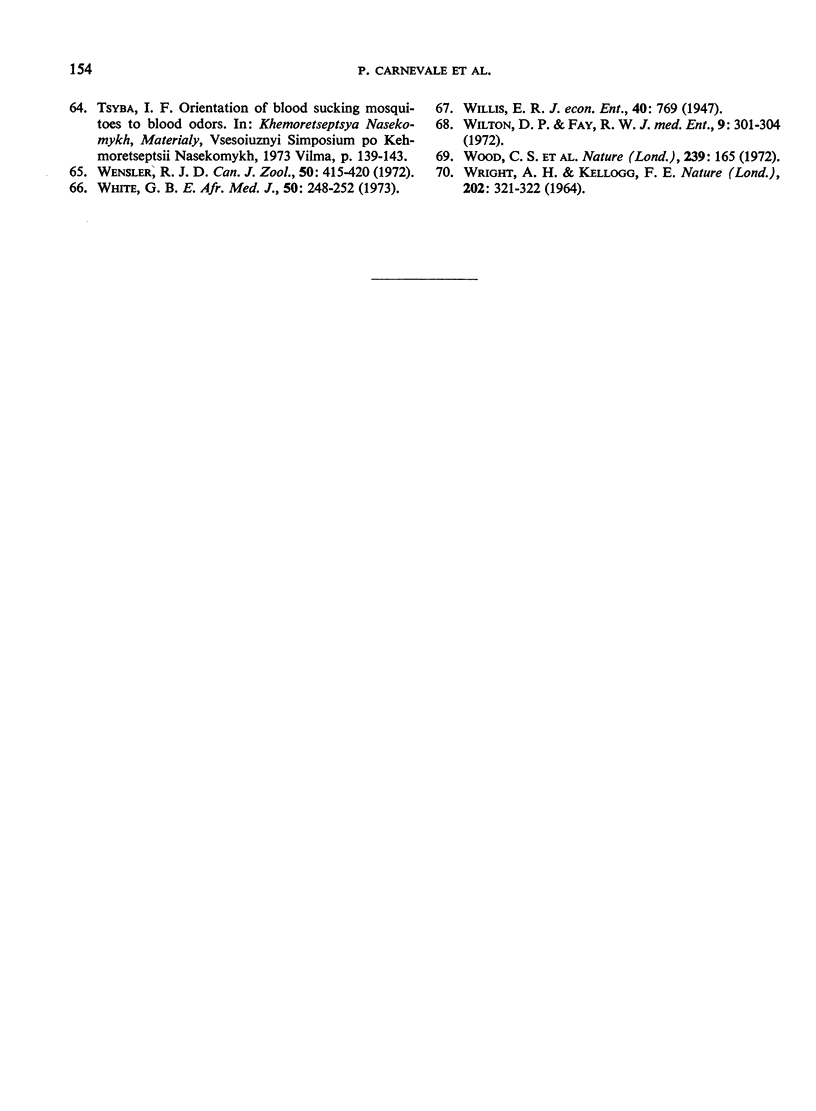
Selected References
These references are in PubMed. This may not be the complete list of references from this article.
- Acree F., Jr, Turner R. B., Gouck H. K., Beroza M., Smith N. L-Lactic acid: a mosquito attractant isolated from humans. Science. 1968 Sep 27;161(3848):1346–1347. doi: 10.1126/science.161.3848.1346. [DOI] [PubMed] [Google Scholar]
- BROUWER R. The attraction of carbon dioxide excreted by the skin of the arm for malaria mosquitoes. Trop Geogr Med. 1960 Mar;12:62–66. [PubMed] [Google Scholar]
- Bruce-Chwatt L. J., Garrett-Jones C., Weitz B. Ten years' study (1955-64) of host selection by anopheline mosquitos. Bull World Health Organ. 1966;35(3):405–439. [PMC free article] [PubMed] [Google Scholar]
- CLYDE D. F., SHUTE G. T. Selective feeding habits of anophelines amongst Africans of different ages. Am J Trop Med Hyg. 1958 Sep;7(5):543–545. doi: 10.4269/ajtmh.1958.7.543. [DOI] [PubMed] [Google Scholar]
- GILLIES M. T. SELECTION FOR HOST PREFERENCE IN ANOPHELES GAMBIAE. Nature. 1964 Aug 22;203:852–854. doi: 10.1038/203852a0. [DOI] [PubMed] [Google Scholar]
- Garson L. R., Garner D. D. Unsymmetrical carbonates as potential long-lasting insect repellents. J Pharm Sci. 1971 Jul;60(7):1083–1085. doi: 10.1002/jps.2600600719. [DOI] [PubMed] [Google Scholar]
- Gillies M. T. Experiments on host selection in the Anopheles gambiae complex. Ann Trop Med Parasitol. 1967 Mar;61(1):68–75. doi: 10.1080/00034983.1967.11686460. [DOI] [PubMed] [Google Scholar]
- Grothaus R. H., Hirst J. M., Gouck H. K., Weidhaas D. E. Field tests with repellent-treated wide-mesh netting against mixed mosquito populations. J Med Entomol. 1972 Apr 28;9(2):149–152. doi: 10.1093/jmedent/9.2.149. [DOI] [PubMed] [Google Scholar]
- HOSOI T. Adenosine-5'-phosphates as the stimulating agent in blood for inducing gorging of the mosquito. Nature. 1958 Jun 14;181(4624):1664–1665. doi: 10.1038/1811664a0. [DOI] [PubMed] [Google Scholar]
- Khan A. A., Maibach H. I. A study of insect repellents. 1. Effect on the flight and approach by Aedes aegypti. J Econ Entomol. 1972 Oct;65(5):1318–1321. doi: 10.1093/jee/65.5.1318. [DOI] [PubMed] [Google Scholar]
- LAARMAN J. J. The host-seeking behaviour of anopheline mosquitoes. Trop Geogr Med. 1958 Dec;10(4):293–305. [PubMed] [Google Scholar]
- LAARMAN J. J. The host-seeking behaviour of the malaria mosquito Anopheles maculipennis atroparvus. Acta Leiden. 1955;25:1–144. [PubMed] [Google Scholar]
- Maasch H. J. Freilanduntersuchungen zur mückenabweisenden Wirkung von Vitamin B 1. Z Tropenmed Parasitol. 1973 Mar;24(1):119–122. [PubMed] [Google Scholar]
- Maibach H. I., Khan A. A., Strauss W. G. Attraction of humans of different age groups to mosquitoes. J Econ Entomol. 1966 Oct;59(5):1302–1303. doi: 10.1093/jee/59.5.1302. [DOI] [PubMed] [Google Scholar]
- Mangum C. L., Callahan P. S. Attraction of near-infrared radiation to Aedes aegypti. J Econ Entomol. 1968 Feb;61(1):36–37. doi: 10.1093/jee/61.1.36. [DOI] [PubMed] [Google Scholar]
- Okoth J. Tagetes minuta L., as a repellent and insecticide against adult mosquitoes. East Afr Med J. 1973 Jun;50(6):317–322. [PubMed] [Google Scholar]
- PARKER A. H. Stimuli involved in the attraction of Aedes aegypti, L., to man. Bull Entomol Res. 1948 Dec;39(Pt 3):387–397. doi: 10.1017/s0007485300022495. [DOI] [PubMed] [Google Scholar]
- WRIGHT R. H., KALLOGG F. E. HOST SIZE AS A FACTOR IN THE ATTRACTION OF MALARIA MOSQUITOES. Nature. 1964 Apr 18;202:321–322. doi: 10.1038/202321a0. [DOI] [PubMed] [Google Scholar]
- Wensler R. J. The effect of odors on the behavior of adult Aedes aegypti and some factors limiting responsiveness. Can J Zool. 1972 Apr;50(4):415–420. doi: 10.1139/z72-059. [DOI] [PubMed] [Google Scholar]
- Wilton D. P., Fay R. W. Responses of adult Anopheles stephensi to light of various wavelengths. J Med Entomol. 1972 Aug 1;9(4):301–304. doi: 10.1093/jmedent/9.4.301. [DOI] [PubMed] [Google Scholar]


